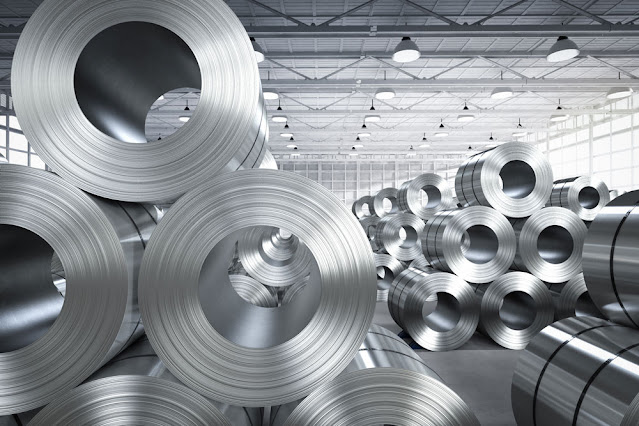5 Techniques That Are Widely Used For Sheet Metal Fabrication
What is sheet metal fabrication?
Sheet metal fabrication is the process of forming metal sheets to the desired shape using different manufacturing methods. The completion of a product usually comprises many steps from cutting and bending to surface treatment and assembling.
Advantages of sheet metal fabrications:
1. Sheet metal design
options are very flexible
2. Single prototypes to
volume production are possible
3. A wide range of surface
finishes
4. A variety of materials.
Among other things, metal fabrication is used to make automotive frames, building panels, roofs, fuselage panels for planes and more. And while different metal fabrication companies use different techniques, we will be discussing about these techniques in detail.
So, let’s begin!
5 Techniques That Are Widely Used For Sheet Metal Fabrication
1. Punching on metal sheets
Punching on metal sheets is a widely used technique. As its name implies, punching involves using a punch press to push a tool through a metal part. This force creates a hole in the work-piece via shearing.
Punching is another way of cutting holes into a sheet. A metal punch hits the sheet, perforating it. It is suitable and cost-efficient for large-scale production.
Punching on metal sheets does come with its down sides though. Tooling costs can become rather expensive, and secondary finishing operations are often needed to correct burrs on the design.
2. Stamping on metal sheet
The process of turning sheets of metal into a useful part or component is called sheet metal stamping. The metal is fed into a press, where the stamping tool, also known as a die, creates the desired shape. The die is pressed into or through the metal with tremendous force.
This sheet metal fabrication process shares many of the same advantages and disadvantages of punching. While cost-effective for high volume parts and highly repeatable, tooling and equipment costs can easily add up.
3. Cutting on metal sheet
The first process of metal fabrication is cutting. During this process, the metal fabrication company cuts one or more pieces of raw metal for use in the creation of a new metal structure or product.
One of the widely famous cutting processes is laser cutting. Laser cutting is a thermal process that uses a beam of coherent light to cut a metal work-piece. As the laser moves across the metal part, it cuts the details of the sheet metal individually.
4. Bending technique on metal sheet
This is one of the most important techniques that is highly responsible in yielding the desired results.
When it comes to actual engineering, there aren’t many metal components that elude the bending section of a fabrication shop. Press brakes are responsible for the folding of sheet metal parts.
An engineer must be well acquainted with the limitations of metal bending to things that are actually producible.
5. Assembly technique on metal sheet
Assembling is the ultimate or penultimate step when you want to fabricate a metal sheet. Assembling is typically performed via welding, though other steps may be included in the process as well.
After assembling the metal, the company will finalize the product before shipping and selling it to its customers.
Sheet metal fabrication is a driving force behind the country’s ever-growing manufacturing sector. It has been serving almost all the pockets of manufacturing factors across the world.
Thus, its complete understanding is extremely crucial and this article will
help you immensely in educating yourself about this integral part of the
manufacturing process.




Comments
Post a Comment